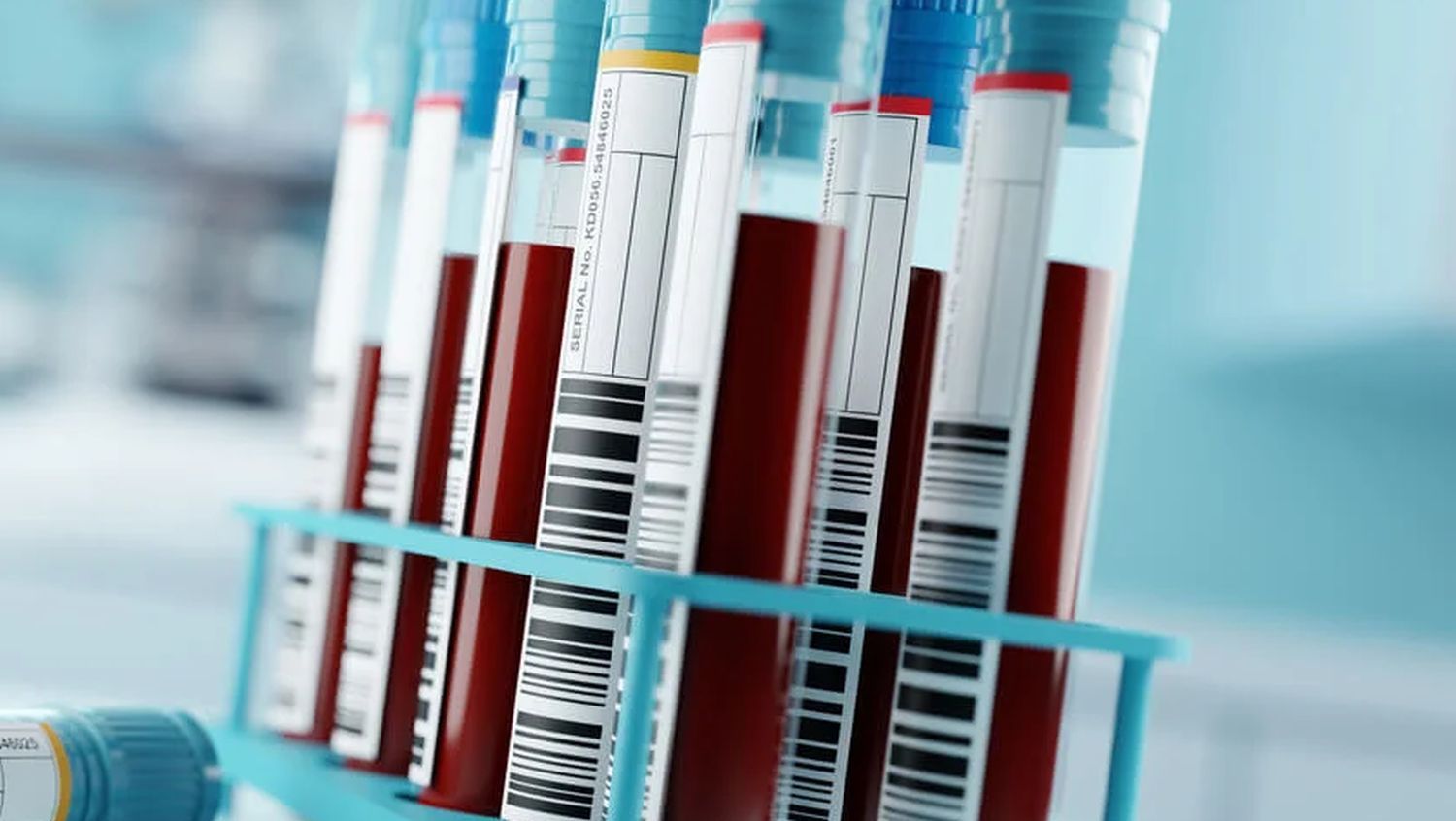Protein/Globulin Ratio vs Albumin/Globulin Ratio

Protein/Globulin Ratio vs Albumin/Globulin Ratio
Protein ratios function as health indicators, particularly for evaluating liver function, immune activity, and nutrition status.
The Protein/Globulin (P/G) ratio and Albumin/Globulin (A/G) ratio show different protein balances in blood.
If you recently received your results back and need a personalized explanation regarding what they mean, LabAnalyzer can offer a specific breakdown.
This guide explains these ratios, their differences, and their roles in diagnosis and health management.
Types of Protein Ratios
Protein ratios reveal blood protein balance patterns through specific measurements and relationships.
Protein/Globulin (P/G) Ratio
Definition shows:
Total protein compared to globulins
Overall protein patterns in blood
Health status indicators
Balance measurements
Function markers
Immune system activity
Nutritional status
Liver production capacity
Protein utilization
Disease patterns
Clinical applications include:
Nutritional assessment
Immune function evaluation
Liver health monitoring
Disease diagnosis
Treatment planning
Recovery tracking
Risk assessment
Health screening
Progress evaluation
Long-term monitoring
Albumin/Globulin (A/G) Ratio
Definition includes:
Albumin to globulin comparison
Liver synthesis markers
Immune response patterns
Disease indicators
Treatment guides
Protein loss signs
Inflammation markers
Nutritional markers
Health status
Recovery indicators
Clinical uses cover:
Liver function tests
Protein balance assessment
Immune system evaluation
Disease monitoring
Treatment effectiveness
Recovery tracking
Risk prediction
Health screening
Progress markers
Long-term management
Key Differences
P/G ratio reveals:
Complete protein picture
General health status
Overall protein metabolism
Body protein balance
System-wide changes
Disease patterns
Treatment responses
Recovery trends
Risk factors
Health patterns
A/G ratio shows:
Specific liver function
Direct albumin assessment
Targeted protein evaluation
Disease progression
Treatment needs
Recovery status
Risk levels
Health changes
Monitoring requirements
Management needs
Ratio Calculation Methods
Blood tests measure protein fractions through standardized laboratory procedures.
Calculating P/G Ratio
Formula process:
P/G = Total Protein / Globulin
Measurement requirements:
Blood sample collection
Laboratory processing
Standard procedures
Quality controls
Result verification
Range comparisons
Error checking
Documentation
Report generation
Clinical correlation
Laboratory Standards
Testing protocols include:
Sample preparation
Analysis methods
Quality control
Result validation
Range verification
Error detection
Documentation requirements
Reporting standards
Clinical correlation
Follow-up procedures
Clinical Applications
Ratios guide medical decisions through specific patterns.
Disease Identification
Liver problems show:
Changed protein production
Altered ratios
Treatment needs
Monitoring requirements
Risk assessment
Recovery patterns
Complication risks
Management plans
Follow-up schedules
Prevention strategies
Kidney conditions reveal:
Protein loss patterns
Ratio changes
Treatment requirements
Monitoring needs
Risk evaluation
Recovery tracking
Complication prevention
Management approaches
Follow-up care
Prevention methods
Treatment Response
Monitoring includes:
Regular testing
Ratio tracking
Treatment adjustment
Risk assessment
Progress evaluation
Recovery markers
Complication checks
Management changes
Follow-up planning
Prevention strategies
Management Strategies
Treatment plans use ratio results.
Nutrition Support
Dietary changes include:
Protein intake adjustment
Nutrient balance
Meal planning
Supplement use
Hydration management
Energy balance
Vitamin levels
Mineral intake
Recovery support
Health maintenance
Medical Interventions
Treatment options cover:
Medication choices
Therapy timing
Dose adjustments
Response monitoring
Side effect tracking
Effectiveness measures
Risk management
Complication prevention
Recovery support
Health maintenance
Recovery Monitoring
Regular testing tracks health improvement.
Progress Markers
Testing schedule shows:
Ratio changes
Treatment effects
Recovery signs
Risk reduction
Health gains
Function improvement
Complication prevention
Management success
Follow-up needs
Prevention effectiveness
Long-term Management
Ongoing care includes:
Regular assessment
Treatment updates
Risk management
Health maintenance
Prevention strategies
Recovery support
Complication monitoring
Progress tracking
Follow-up planning
Life-long health
Conclusion
The P/G and A/G ratios help medical professionals assess protein balance, liver function, immune activity, and overall health.
Understanding these ratios guides diagnosis, treatment, and health monitoring.
Contact your healthcare provider to review your results and create your care plan.